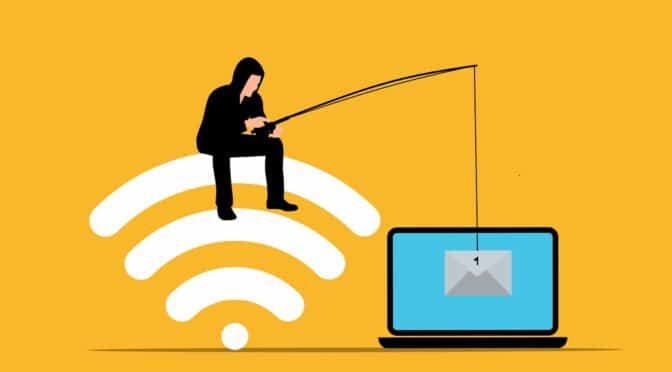by Christine Alexis,
Today, it seems like everyone has a smart phone. Well, maybe not everyone.
But consider that 90 percent of Americans own cellphones and 50 percent of that group owns a smart phone, and another 50 million people own tablets . We’re mobile in a big way, and all these mobile devices helped create a revolution in the way we bank. But how safe is your mobile banking service?
Many banks give customers the opportunity to deposit checks, transfer money between their accounts, and check their balances through smart phone apps.
With the innovation comes the potential for error, both human and technical, and maybe fraud. That’s why the Consumer Financial Protection Bureau (CFPB) is looking into the benefits and possible problems of mobile banking.
The CFPB plans to investigate procedures banks use when mobile banking services go offline and customers want access to their accounts. A frequent complaint with mobile banking is that it becomes harder to get customer service from a real person.
Security is another major concern. The CFPB wants to make sure consumers’ private passwords and information are protected and is looking into security techniques that banks use.
In the meantime, here are 7 tips from the CFPB to help you protect yourself.
1. Use a reputable company and to go through the company’s website, not through a link sent by someone else that could be fraudulent. 2. At free or public Wi-Fi sites, try to use a private network and go to a secure site that begins with HTTPS.3. Don’t share PINS or Passwords.
4. Don’t save PINS or Passwords on phones or tablets.
5. Use strong passwords.
6. Report the loss of a device to your financial institution and credit card companies.
7. Log out when you finish a transaction. Don’t leave the browser open.


